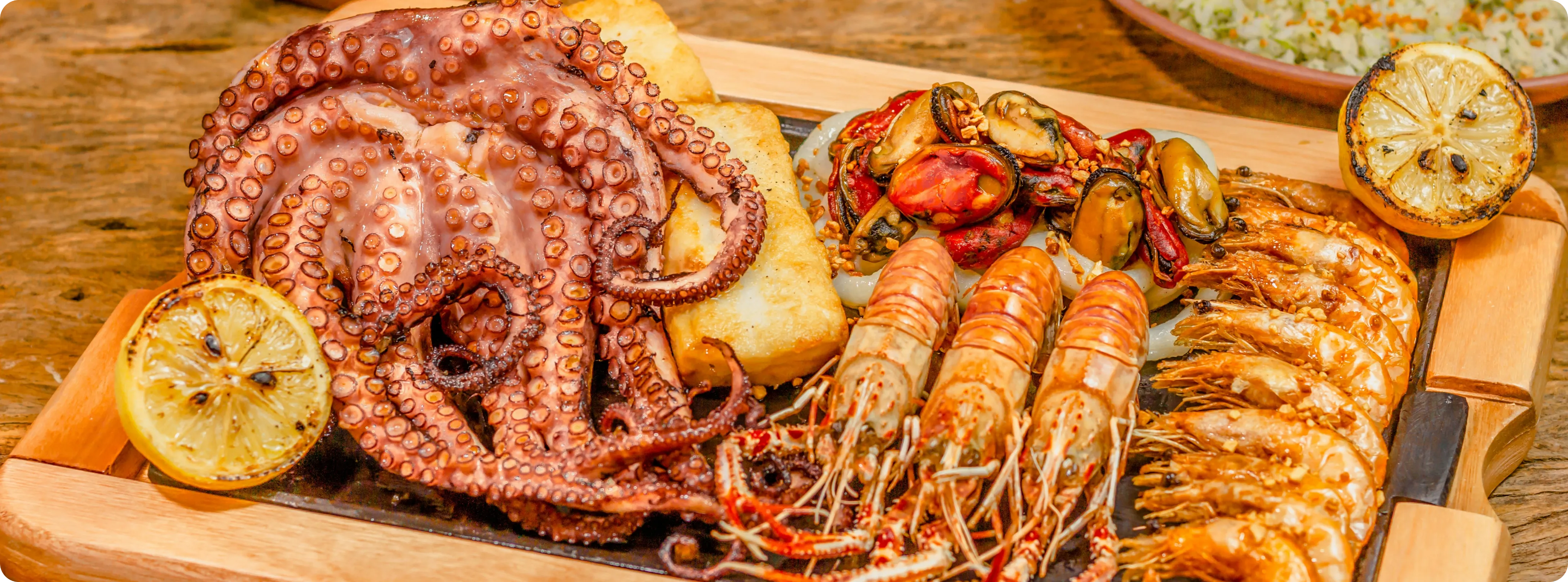Seafood Industry
Seafood Industry

Cold storage is essential in the seafood industry to maintain freshness, quality and safety of various seafood such as fish, shellfish etc. Seafood is overwhelming due to its high moisture content, causing rapid deterioration and bacteria growing. Cold storage for seafood in cold rooms ensures that products such as fresh seafood are stored at a temperature between 0-4 ° C (32–39 ° F) to prevent bacterial infection. For frozen seafood, the fish and conch are prolonged, to maintain their nutritional value and quality --18 ° C (0 ° F) or less temperatures are required. Proper cold storage in cold rooms is important to increase the shelf life of seafood and keep it safe for consumption, whether frozen fish or shellfish.
Storage requirements of living shellfish, such as lobster, clams and muscles vary slightly, require a temperature and aeration of 2–4 ° C (35.6–39.2 ° F) to keep them alive. Without proper cold storage in the cold room, the texture, taste and safety of seafood products can deteriorate quickly, causing the risk of malfunction and ruin. Cold storage and temperature control is necessary to preserve seafood in the entire cold chain, ensuring that the products remain fresh, safe and high quality until the product is stuck in the sea to the consumer's table. This process is important for sea food security, durable sea food practices and efficient cold room management in the sea food industry. Uniref India, a leading cold room manufacturer, provides a custom cold storage solutions that ensure temperature control, enhances the shelf life and maintains the quality of seafood, making it a cold storage solution for the seafood industry. Becomes a reliable partner.
| Fresh Seafood | 0-4°C (32-39°F) |
| Frozen Seafood | -18°C (0°F) or lower |
| Live Shellfish | 2-4°C (35.6-39.2°F) |
| Fish (Frozen) | -18°C (0°F) or lower |
| Shellfish (Frozen) | -18°C (0°F) or lower |
| Live Lobster/Crabs | 2-4°C (35.6-39.2°F) |